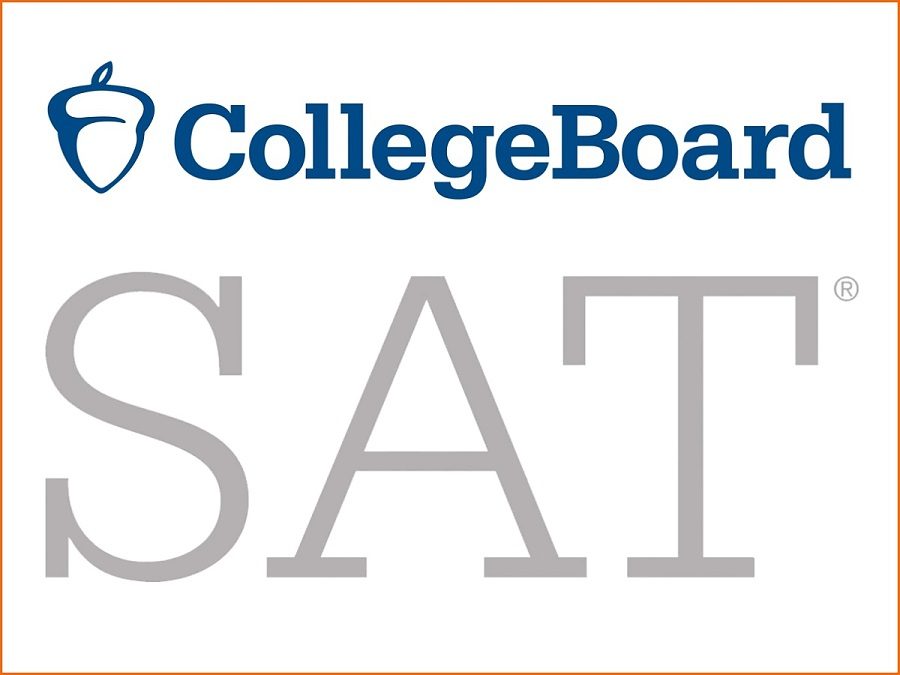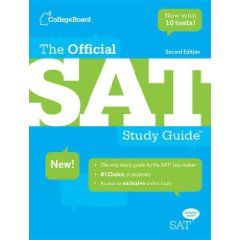The long wait is finally over! College admission decisions have arrived, and whether you’re celebrating acceptances or processing rejections, there’s important work ahead. This critical transition period between admission results and your first day on campus requires careful planning and timely action. This comprehensive checklist will guide you through exactly what to do after college admission results are in, ensuring you don’t miss any crucial deadlines or opportunities.
For Your Accepted Schools
Evaluate Your Options (1-2 Weeks After Results)
If you’ve received multiple acceptance letters (congratulations!), it’s time to make your final decision. Here’s how to approach this life-changing choice:
- Review financial aid packages – Compare scholarships, grants, and loans from each school. Look beyond the first year to understand multi-year commitments and renewal requirements.
- Calculate total costs – Consider tuition, housing, meal plans, textbooks, travel expenses, and personal costs for each option.
- Revisit campuses (virtually or in-person) – Many colleges offer special “admitted students” events that provide deeper insights than your initial tour.
- Connect with current students and alumni – Their perspectives can offer valuable insights about academic programs, campus culture, and post-graduation opportunities.
- Consider location factors – Weather, distance from home, urban vs. rural setting, and internship opportunities in the area all impact your college experience.
After You’ve Decided (Immediately Following Decision)
- Submit your enrollment deposit – This officially reserves your spot. Most schools set May 1st as the national deadline, but verify your specific date.
- Notify other schools of your decision – Politely decline other offers to free up spots and financial aid for other students.
- Update your counselor and teachers – Share your decision with those who supported your applications and wrote recommendations.
- Join accepted student groups – Look for official and unofficial social media groups where you can connect with future classmates.
Housing and Registration (2-3 Months Before Semester Starts)
- Complete housing applications – Submit preferences for residence halls, roommate questionnaires, and any special accommodation requests.
- Register for orientation – Many schools offer summer orientation programs that include course registration, campus tours, and important informational sessions.
- Schedule placement exams – Some schools require testing for proper course placement in subjects like math, writing, and foreign languages.
- Plan your preliminary schedule – Research first-year requirements and interesting courses to prepare for academic advising sessions.
- Submit final high school transcripts – Colleges need to verify you’ve maintained good academic standing through graduation.
Financial Preparation (Ongoing)
- Submit FAFSA verification documents – If selected for verification, promptly provide tax returns and other requested financial information.
- Research and apply for additional scholarships – Many local and national scholarship deadlines continue through summer.
- Set up a tuition payment plan – Many schools offer monthly payment options that can ease the burden of lump-sum payments.
- Complete loan entrance counseling – Required for federal student loans to ensure you understand your repayment obligations.
- Establish a college budget – Work with parents/guardians to determine spending parameters for your first semester.
Health and Documentation (1-2 Months Before Semester Starts)
- Submit required health forms – Most colleges require immunization records and a recent physical examination.
- Transfer medical records – Arrange for relevant medical history to be available to campus health services.
- Set up accommodations – If you need learning or accessibility accommodations, contact the disability services office early.
- Obtain health insurance coverage – Either enroll in the school’s health plan or provide proof of existing coverage.
- Get your student ID – Find out when and where you can get your official student identification card.
If You’ve Been Waitlisted
Being waitlisted isn’t a rejection—it’s an opportunity to demonstrate continued interest while developing backup plans:
- Confirm your place on the waitlist – Follow the school’s instructions to officially accept your waitlist position.
- Send a letter of continued interest – Write to the admissions office highlighting your ongoing enthusiasm and any new achievements.
- Secure a spot at another school – Submit a deposit to a school that has accepted you as insurance (you may lose this deposit if you’re later accepted from a waitlist).
- Check waitlist statistics – Research how many students the school typically admits from the waitlist to set realistic expectations.
- Stay focused academically – Maintain strong grades, as schools may request updated transcripts before making waitlist decisions.
If You’ve Received Rejections
Receiving rejection letters can be disheartening, but remember that many successful people have faced similar setbacks:
- Process your feelings – It’s okay to feel disappointed. Give yourself time to acknowledge these emotions before moving forward.
- Evaluate your options – Consider schools where you were accepted, community college pathways, gap year programs, or transfer opportunities.
- Request feedback – Some admissions offices provide feedback on applications, which can be valuable for future applications.
- Consider appealing – If there’s significant new information or achievements not included in your original application, some schools allow appeals.
- Research transfer requirements – If your heart is set on a particular school, understand what it takes to transfer there after a year elsewhere.
Summer Preparation
Use the summer months to prepare for your transition to college life:
- Develop college-level skills – Practice time management, note-taking, and independent living skills.
- Connect with your roommate – Coordinate dorm supplies and start building your relationship.
- Shop for essentials – Create a comprehensive packing list of academic supplies, dorm necessities, and personal items.
- Work and save money – Summer earnings can provide a financial cushion for unexpected college expenses.
- Read assigned summer books – Many colleges assign reading for incoming freshmen to discuss during orientation.
- Enjoy family and friends – Cherish time with your support network before embarking on your new adventure.
Technology Setup
Ensure your digital life is college-ready:
- Purchase/upgrade necessary devices – Research technology requirements for your specific major.
- Set up your college email account – Start checking it regularly as important information will be sent there.
- Download essential apps – Your college may have official apps for campus navigation, course management, and dining services.
- Back up important documents – Create digital copies of identification, insurance cards, and other essential paperwork.
- Learn to use your school’s learning management system – Familiarize yourself with platforms like Canvas, Blackboard, or Moodle.
Final Thoughts
The period between college admission results and the start of your freshman year is filled with important transitions and preparations. By methodically working through this checklist, you’ll ensure nothing falls through the cracks as you prepare for this exciting new chapter. Remember that colleges want you to succeed—don’t hesitate to reach out to admissions offices, academic advisors, or student services if you have questions along the way.
While this time can feel overwhelming with its many tasks and decisions, try to also enjoy the accomplishment of reaching this milestone. College is not just about checking boxes but about preparing for transformative experiences that will shape your future in meaningful ways.










